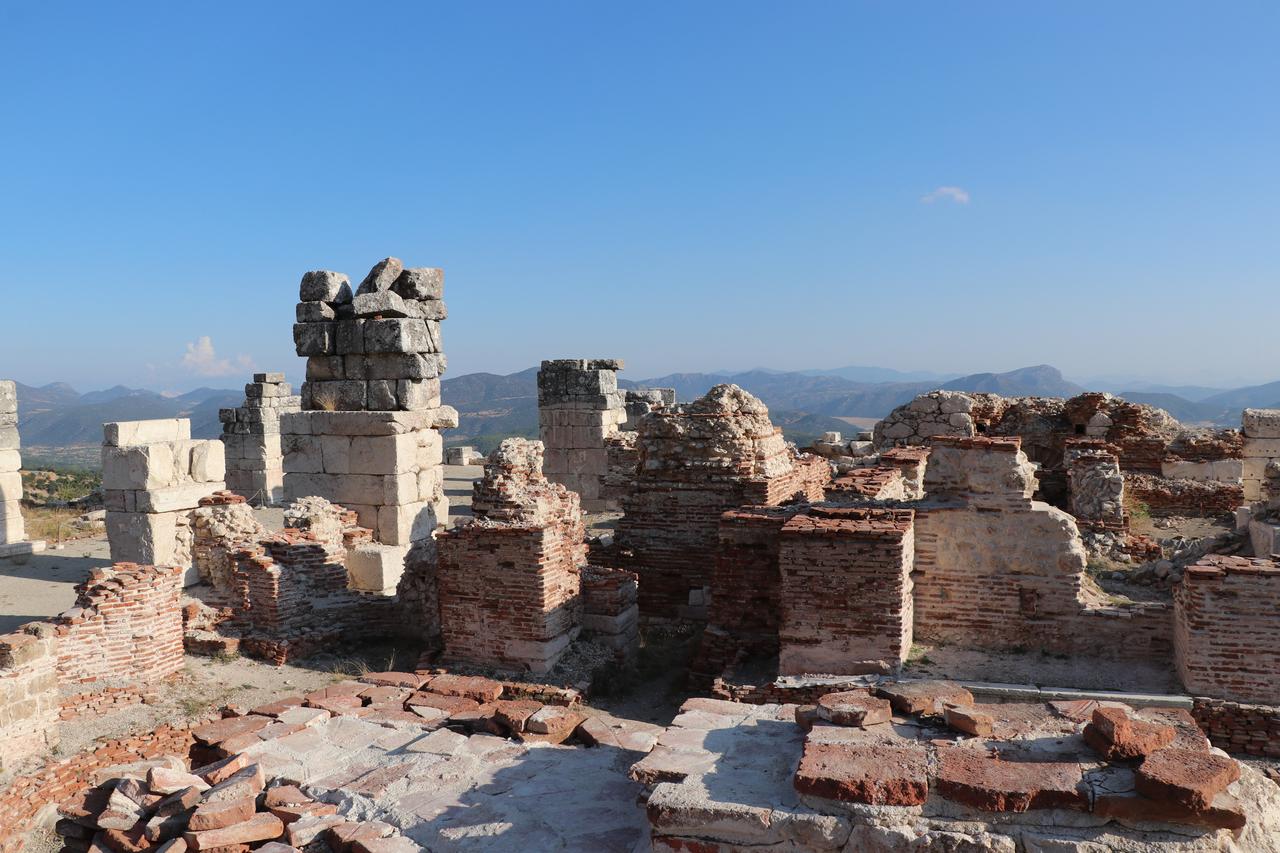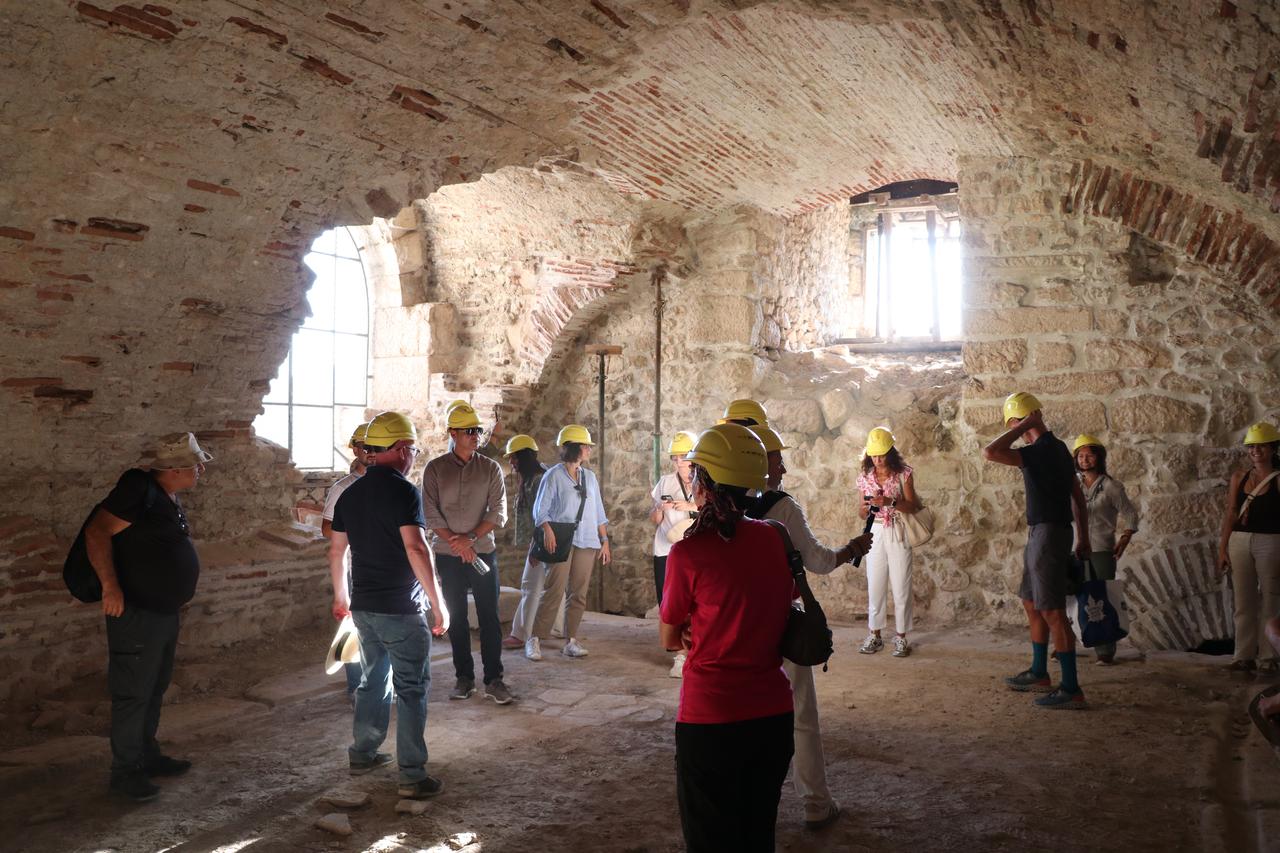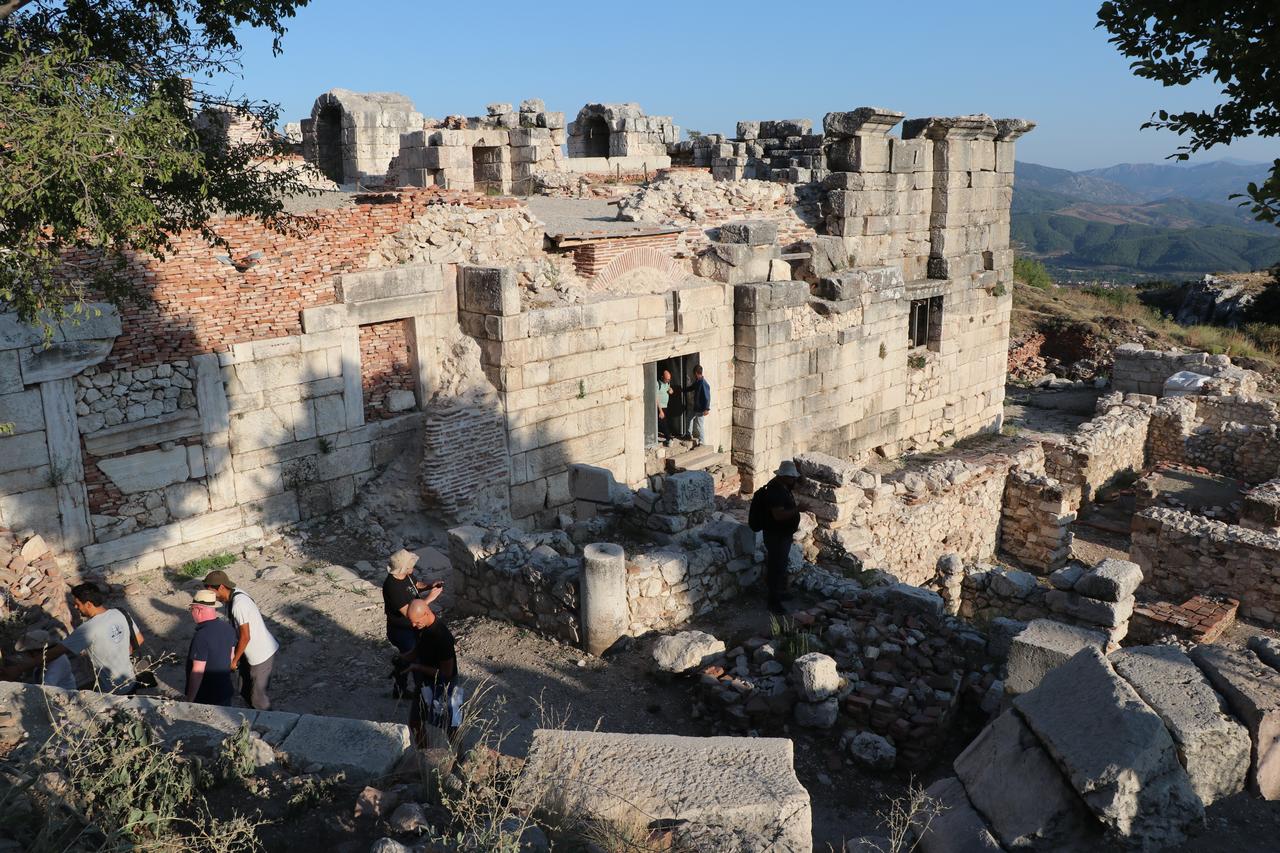
Excavations at the ancient city of Sagalassos in Aglasun have brought to light how Romans used the public bath complex not only to wash but also to socialize, exercise, and unwind, as glass bottle shards and clay flasks yielded chemical traces of olive oil and cosmetics thought to be used for cleaning and massage.

Archaeologists working in the bath’s drainage system followed the channels back to pools and bathing rooms, then examined numerous finds in detail.
Chemical analyses on the contents of glass fragments reassembled into bottles and clay canteens identified olive oil residues alongside cosmetic materials that bath-goers are believed to have applied to the body for cleansing and massage.
It is important to note that “hamam” refers to a public bath complex; “spa” here describes wellness-oriented bathing and massage practices.

KU Leuven University archaeologist Professor Jeroen Poblome said the bath was a very large building relative to the settlement and was used by people from every social group.
He added that visitors carried small bottles with them and moved through the complex to bathe and relax. “The bath was a social space for them. Beyond using it like a place for cleaning and a spa, they also used it to spend time together and to eat and drink,” he noted.
A hairpin recovered from the complex indicates that the bath was used by women and children at certain hours. The findings suggest the community placed a high value on hygiene and shared facilities across different groups.

By piecing together small clues, the team aims to reconstruct daily life rather than only imperial timelines.
Poblome underlined that, compared with other parts of the Roman world where parasites and viruses were more common, the people of Sagalassos encountered fewer such problems because they cared about cleanliness, and he said average life expectancy in the city was higher than in other places.

Described as “the best-preserved and oldest bath in Anatolia in the Roman style,” and dated to the reign of Emperor Augustus, the complex features hot, warm and cold sections, an under-floor heating system and water channels that highlight the engineering of the period.
Rich marble workmanship and a symmetrical plan reflect the elegance of Roman architecture and civic design.